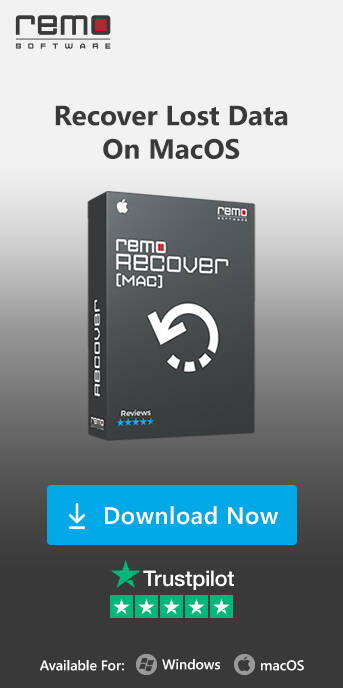IEEE 1394 drive is a high-performance serial bus. IEEE stands for Institute of Electrical and Electronics Engineers. It is also known as FireWire or i.Link. Conforming to the Windows Driver Model (WDM) by a kernel-mode driver is necessary because communication between Windows applications and IEEE 1394 devices needs a kernel-mode driver. For high-speed and isochronous data transfer, the IEEE 1394 interface was developed in the late 1980s and early 1990s by Apple as FireWire. It supports current Windows operating systems.
This interface is termed differently by different brands, such as FireWire by Apple, i.Link by Sony and Lynx by Texas Instruments. It stood as a strong competitor to parallel SCSI and replaced them in many applications. It has Serial Bus architecture. Serial bus refers to data being transferred one bit at a time. It has high bandwidth with high transfer rates, like 400 megabits per second or 50Mbytes per second (currently). Its implementation involves applications like hard drives, digital video, entertainment devices, etc. It has a variety of versions, such as co-axial, wireless, and fiber optic, based on isochronous protocols.
IEEE 1394 drives move data faster with lower latency, and IEEE 1394 devices have many ports, which allow daisy chaining of extra devices. The transfer rate minimizes when additional or extra devices are added in IEEE 1394 topology. In the absence of IEEE 1394 ports, a PCI 1394 card is one of the solutions.
Initially, Apple finished the development of IEEE 1394 by 1995 and then performed modifications as follows:
- IEEE Std. 1394a-2000
- IEEE Std. 1394b-2002
- IEEE Std. 1394c-2006 amendment
Work to incorporate all the above into a 1394 standard is being carried out. FireWire 400 is referred to as IEEE 1394, having transfer rates of 100-400 Mbits/s, and FireWire 800 is referred to as IEEE 1394b having transfer rates of 780 Mbits/s. IEEE 1394a is the version released between IEEE 1394 and IEEE 1394b.
Advantages of IEEE 1394 Drive
- The implementation cost of IEEE 1394 is low
- The cabling system is adaptable
- Provides higher bandwidth
- Transfer rates are high
- Very efficient
- Supports current versions of Windows (Windows XP, Windows Vista, Windows 7)
- Supports isochronous data transfer
- C, C++ is supported by a Programming Interface
- Supports customization
- Provides a throughput of 400 megabits per second
- Provides low latency
- It is PC independent
- Easy to use
- Capability of Plug-and-play
- Most of them do not require an external power supply
Disadvantages of IEEE 1394 Drive
- Does not work well with low-bandwidth devices
- FireWire ports are not commonly available on PCs
Related Information
Recover Music and Photos for iPod
iPods use the FireWire interface to transfer music and photos between iPods and computers. At times, due to software conflicts, you tend to lose some important files. If an updated backup is unavailable, you need not consider the files lost forever, as you can recover these files with the Remo Recover software.
The files stored on a USB drive might be accidentally deleted from the USB drive. Once deleted, these files are not found in Mac Trash. If you delete an important file, you need not worry, as the About article allows an easy file recovery from USB.
